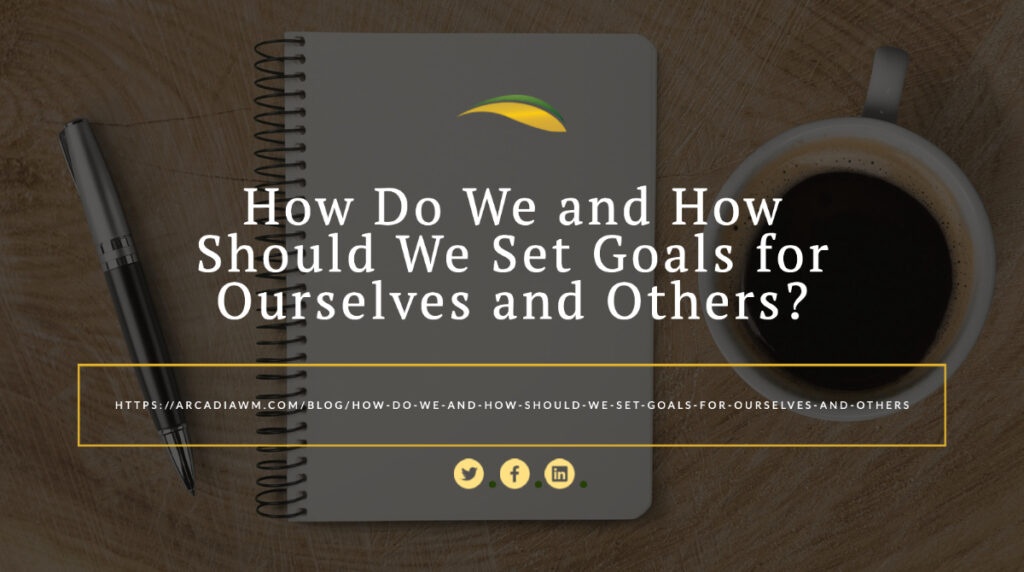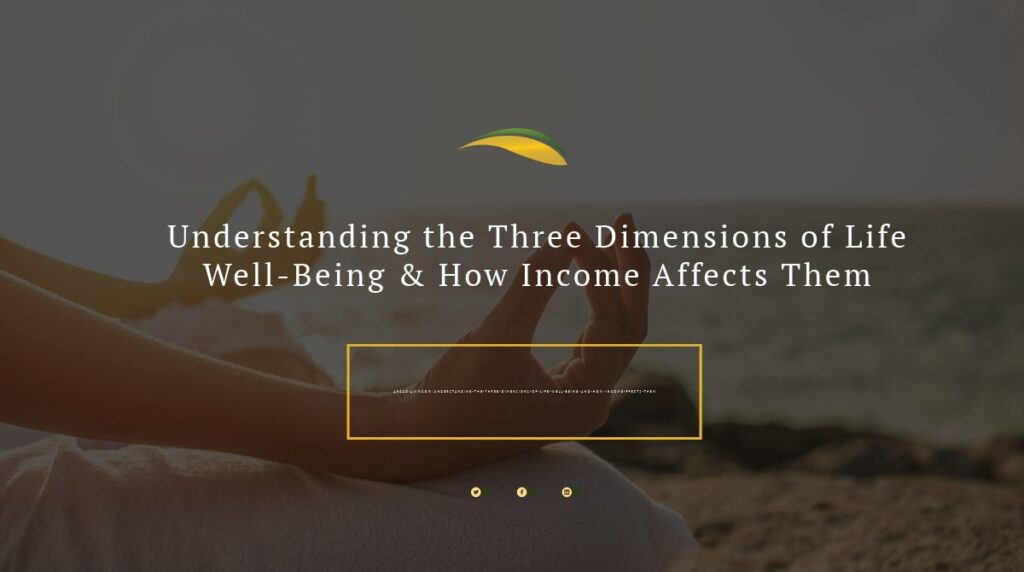At some point, you’ve probably set a goal for yourself. Whether it is saving more, spending less, eating healthier, or exercising more often, we set goals to become better versions of ourselves.
I’m curious, though: What parameters did you set for yourself? Let’s say you had a goal of eating healthy three days a week. On the one hand, you could make this plan quite specific and plan to eat salmon and broccoli on Monday night, a salad on Wednesday, and a healthy meal at a restaurant with a friend on Friday night.
On the other hand, you could make a much looser plan and tell yourself that you’ll eat healthy meals three times this week but leave open which nights you’ll do so, what you’ll eat and with whom you’ll share the experiences.
Rigid and Flexible Plans: Which Is Better?
Psychologists have labeled these two approaches to planning goal pursuit as either “rigid” or “flexible.” Rigid plans contain actions (which specific meals you’re going to eat), order (in what order you’ll have them), and situations (with whom you’ll be eating and on what nights).
Rigid plans possess a strong advantage over flexible ones: They create strong associations between concrete steps and actions. For instance, if I repeat my weekly healthy diet plan week after week, I’ll start automatically associating Mondays, Wednesdays, and Fridays with healthy meals. And that should make it much easier to create a long-lasting habit.
But we don’t always set goals for ourselves —we often do so for other people as well. Suppose you’re a parent, coach, or financial adviser. In that case, you might find yourself setting goals regarding how often your kid should practice an instrument, how many days a week your client should exercise, or the rate at which your retiree client should withdraw funds from their investment accounts.
But it’s not just these situations, of course, when we decide for others. Most couples have one party who makes the financial decisions, essentially acting as an agent for the other. And if you are in marketing or business, you are constantly trying to figure out what consumers might want and how they want their experiences structured.
New research from Sydney Scott and Elanor Williams sheds light on how this process unfolds and where we go wrong.*
In one representative study conducted early in January 2021, Scott and Williams asked hundreds of research participants if they had a New Year’s resolution, and if so, whether it was to exercise more, lose weight, save more, spend less, learn a new hobby, or something else.
Participants were then told that they’d be making a plan either for themselves or on behalf of someone else who had a similar goal and that they had to choose whether to adopt a rigid plan or a more flexible one.
Whether the domain was exercise, finances, eating, or hobbies, a clear pattern emerged: We tend to choose rigid plans for others but more flexible ones for ourselves.
Why? We intuitively recognize that flexible plans are more attractive, even if they may be less effective. Rigidity seems like it could be uncomfortable: If I rigidly set myself up to go to the gym early every Monday morning with a workout buddy, then I know it’ll be unpleasant if I have a rough night of sleep on a random Sunday night.
We know, though, that we’ll be more likely to follow through with a rigid plan, even if it doesn’t feel great in the moment. Flexibility, by contrast, seems much gentler and more comfortable.
If I don’t feel like hauling myself out of bed on Monday morning, with a flexible plan, I can tell myself that I’ll be sure to go on Tuesday morning (that is, if I sleep well the night before, of course).
Use Your Head, Not Your Heart
To make that clear: It seems that when making plans for ourselves —because we choose with our hearts rather than our heads —we end up pursuing goals in a less-than-ideal way. However, the only time we’re likely to choose with our hearts rather than our heads for others occurs when we are making plans for loved ones.
Think about gift-giving: We often consider what a gift recipient wants rather than needs. If we’re trying to create a goal-pursuit plan for a loved one or someone with whom we have a strong, close relationship, we may opt for flexibility over rigidity, hurting them in the process.
Pursuing goals and planning how to pursue those goals helps us do more of what we want and less of what we don’t want. But when setting out a course, consider that while flexibility may be appealing, rigidity is likely better.
Here’s the good news: Scott and Williams found that a simple directive —telling research participants to “choose with your head” —led people to choose rigid plans instead of flexible ones. No matter whom we are making the plan for, it may make the most sense to act as if the recipient is another person rather than ourselves.
The research findings also highlight the value that financial advisors may offer those pursuing a better financial future. When left to our own devices, we may choose the convenience of flexibility in our financial decisions.
Working with someone experienced in forming detailed financial plans can help us understand where flexibility can be OK and where more rigid plans may drive improved outcomes.
Endnotes
* Sydney E. Scott and Elanor F. Williams, “EXPRESS: In Gaol Pursuit, I Think Flexibility is the Best Choice for You,” Journal of Marketing Research (November 2022).
Download a PDF of this article
Download the May 2023 Market Review
This article was provided by Avantis Investors and we have been given permission to share this information with our clients and potential clients.







